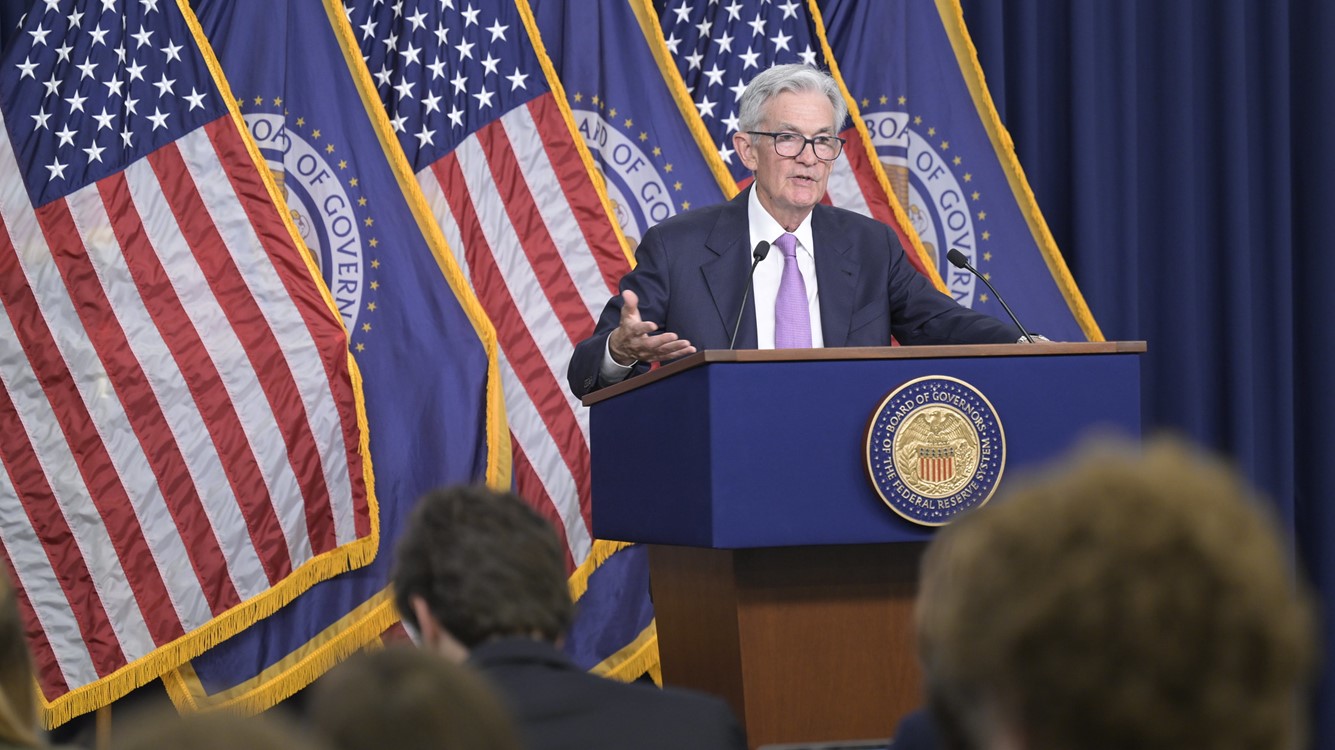A hawkish cut in December
A dissent is possible at the FOMC meeting.

December 13, 2024
The Federal Open Market Committee (FOMC) – the policy setting arm of the Federal Reserve – is widely expected to cut by a quarter point at its December meeting. That would bring the fed funds target down to 4.25% - 4.5% range, a full percentage point drop since the peak of 5.25-5.5% in early September. Debate will be heated, closer than financial markets are pricing in. They currently see a cut as a slam dunk. The economy remains stronger than participants at the meeting thought it would be when they started cutting in September, while improvements in inflation appear to have stalled. Some of that may be in response to recent hurricanes and surge in replacement demand but underscores how susceptible we are to supply chains disruptions and demand shocks.
Further complicating matters is uncertainty surrounding what the new neutral or noninflationary fed funds rate is. Hence, the chorus of Fed leaders signaling a slowdown in the cadence of rate cuts. The goal is to get close to, but not below, the neutral rate to avoid a resurgence in inflation.
Some are likely to be hesitant to cut further, especially if retail sales for November come in hot. That data will be released during the FOMC meeting and could intensify debate regarding to cut or not; a skip or dissent cannot be ruled out. The statement that accompanies the decision is expected to be more hawkish in tenor, especially on the inflation front.
The Fed is going to want time to pause to see where we are and how policy may shift after the president-elect is sworn in. Participants at the meeting are scheduled to reveal their forecasts through 2027, along with the trajectory on rate cuts. What is known as the dot plot, or individual forecasts on rates, is expected to be unusually dispersed, given the high level of uncertainty about the policy landscape.
Tariffs, retaliatory measures and curbs on immigration tend to simultaneously stoke inflation and stem growth. Lost in translation is the outsize role that immigration played in the “soft landing” narrative. An influx of immigrants filled the flood of job vacancies we saw post-pandemic, which helped labor demand better align with labor supply without a surge in layoffs.
Conversely, deregulation in the energy space could lift energy production, which would curb energy costs. The hurdle will be break-evens in the oil sector, which are much higher for new wells than existing wells. This is while capital discipline – a focus by investors on profits over expansion – has kicked in.
Separately, the Fed is edging closer to an end to Quantitative Tightening (QT), or runoff in its balance sheet. We expect that members will announce an end in early 2025. That will stop the upward pressure on bond yields due to a shrinking balance sheet but will not trigger a downdraft in rates. Federal budget deficits continue to rise, which will buoy bond issuances and yields, while the Fed does not intend to resume asset purchases anytime soon. That will keep a floor under long-term bond yields.
The Fed would like to rid itself entirely of its portfolio of mortgage-backed securities. Look for the spread between bond yields and mortgage rates to be larger than it was pre-pandemic for some time to come.
The Fed does not front-run policies; it reacts to actual changes in policy. Shifts against the backdrop of an economy where inflation is still simmering are even more complex. The Fed has already telegraphed that is needs to slow the cadence of rate cuts, which will no doubt raise criticism of the Fed in the months to come. Chairman Jay Powell has already suffered the most public criticism of any Fed Chair on record; it does not phase him.
The Fed will have to slow the pace at which it cuts rates.

Diane Swonk
KPMG Chief Economist
Explore more

Fed cuts 1/4 point, no hint on December
Slow and careful.

KPMG Economics
A source for unbiased economic intelligence to help improve strategic decision-making.

Turning Points: 2025 Annual Outlook
Deregulation could partially offset the drag from tariffs.
Subscribe to insights from KPMG Economics
KPMG Economics distributes a wide selection of insight and analysis to help businesses make informed decisions.
Meet our team
